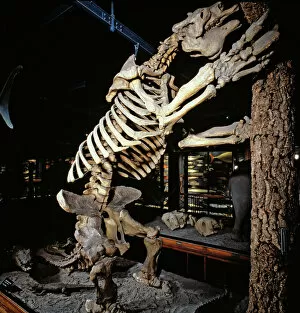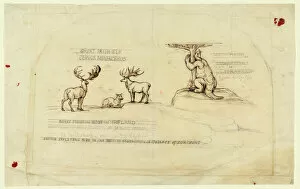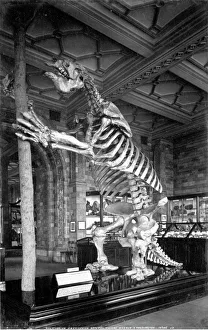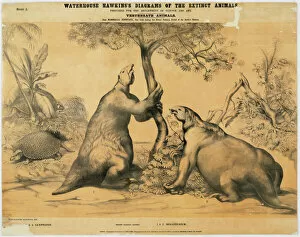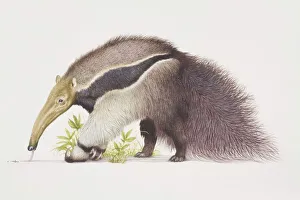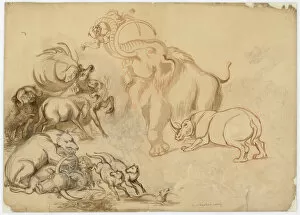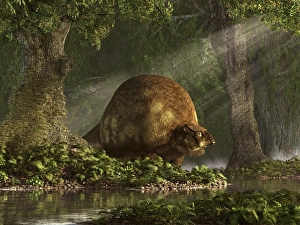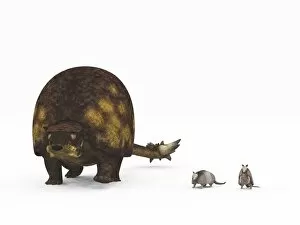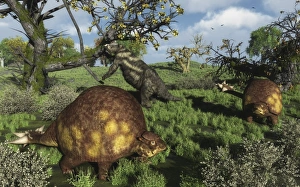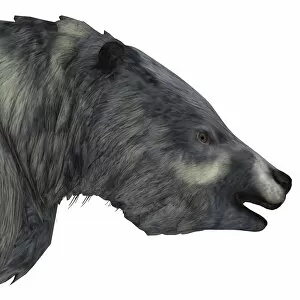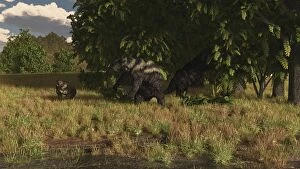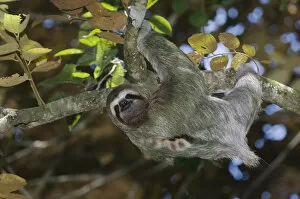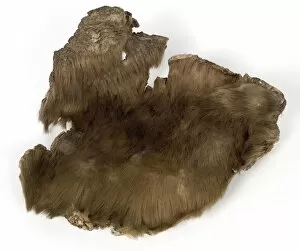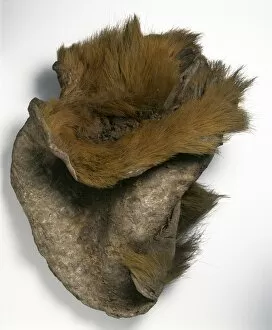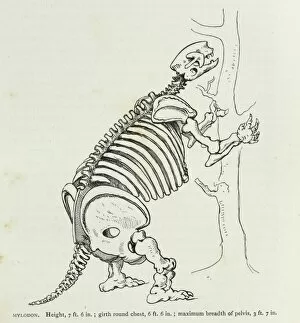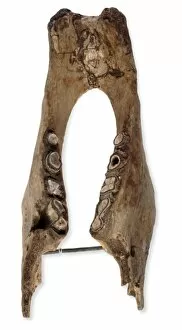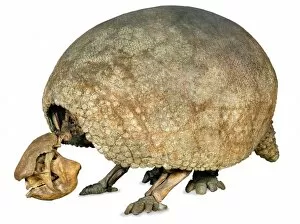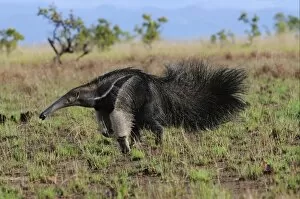Xenarthra Collection
Xenarthra, a diverse group of mammals known for their unique characteristics and fascinating history
All Professionally Made to Order for Quick Shipping
Xenarthra, a diverse group of mammals known for their unique characteristics and fascinating history. One notable member of this ancient lineage is the Megatherium, a giant ground sloth that roamed the Earth during the Pleistocene epoch. With its massive size and powerful claws, it was truly an awe-inspiring creature. Another remarkable species from this family is the Great Irish Elk, which despite its name, was not actually an elk but rather a majestic deer with enormous antlers. These magnificent creatures once graced the landscapes of Ireland and Europe before becoming extinct thousands of years ago. If you visit the Natural History Museum today, you might come across an impressive display featuring the remains of a Giant Ground Sloth or perhaps even encounter artifacts related to Megatherium and Glyptodon. These exhibits offer glimpses into our planet's past and allow us to marvel at these ancient giants. In South America, one cannot miss spotting Myrmecophaga tridactyla - better known as the Giant Anteater - with its long snout perfectly adapted for slurping up ants and termites from their nests. A side view reveals just how uniquely designed this creature is for its specialized diet. But what about evidence left behind by these incredible animals? Ground sloth droppings or coprolites have been discovered in various locations around the world, providing valuable insights into their diets and behaviors millions of years ago. Thanks to scientific research and artistic restorations, we can now visualize what these extraordinary animals looked like during their time in history. Benjamin Waterhouse Hawkins' sketches bring back to life Restorations of animals from Tertiary period – allowing us to appreciate their grandeur once more. While Xenarthra encompasses many fascinating species such as Dasypus novemcinctus (Nine-banded armadillo) or Smilodon dirk-toothed cats attacking a Glossotherium.


